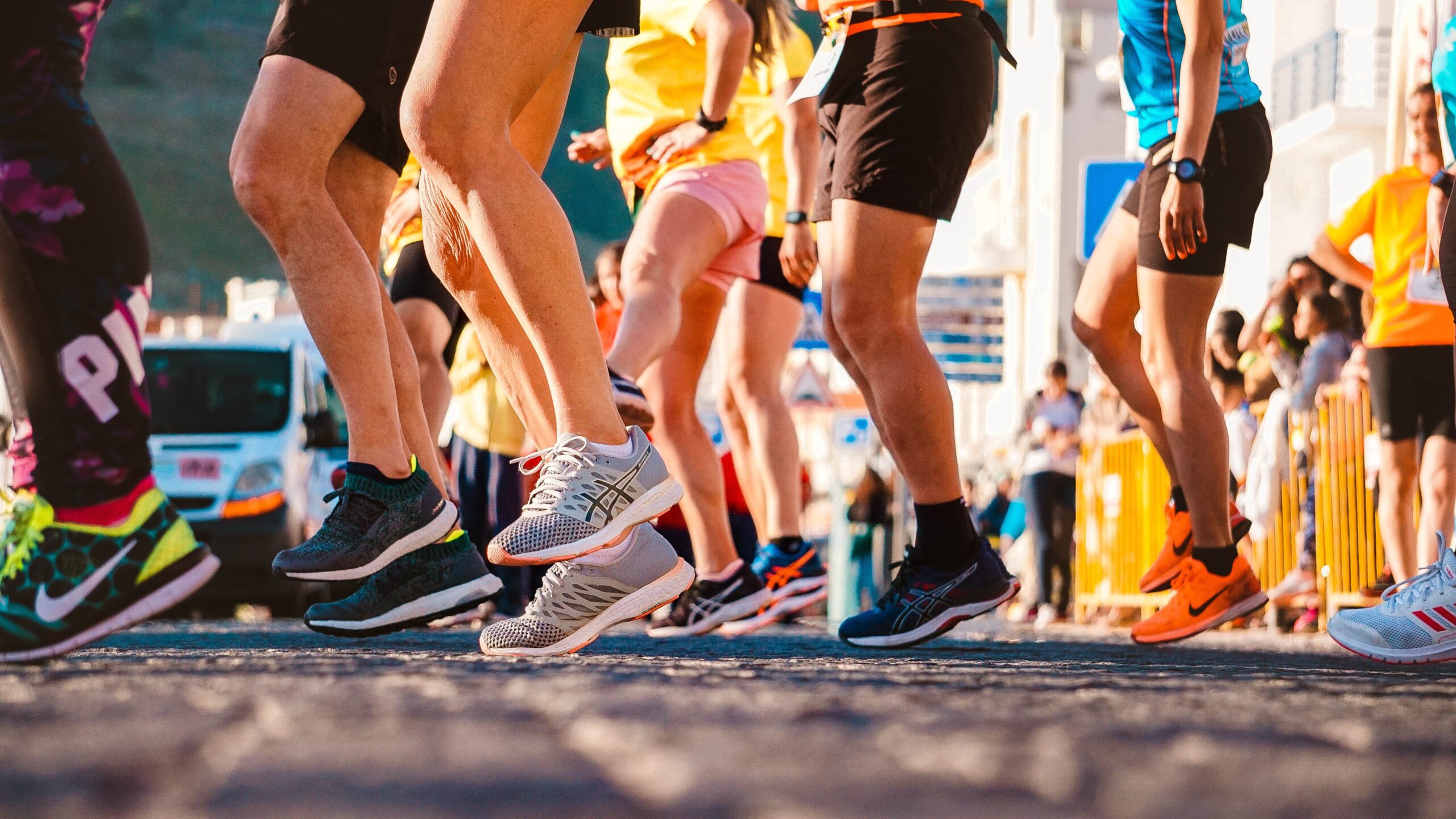Vigorous exercise and Nutritional Magnesium

Vigorous activity can influence nutritional magnesium status, and magnesium status can influence physical performance as well as dictate whether vigorous physical activity is healthy or dangerous. This is true whether the runner is fit or unfit, trained or untrained.
Nutritional magnesium is deeply involved in ATP1 (energy) production, oxygen uptake, central nervous function, electrolyte balance, glucose metabolism, and muscle function, including that all-important muscle—the heart.
During both training and a race or performance, vigorous exercise ups the body’s requirement for nutritional magnesium – not only because of the higher metabolism and muscle contraction where magnesium plays crucial roles but also because of increased magnesium loss in sweat and urine. It has been estimated that athletes’ general requirement for nutritional magnesium is easily 10 – 20% higher than the general population. At the same time, nutritional magnesium can be low in modern, processed food diets. Without a reliable, widely available marker for clinical magnesium status (serum magnesium does not adequately reflect body magnesium status), the combination of increased magnesium need during racing/training plus marginal magnesium intake can make the seemingly healthy choice of running just the opposite.
INCREASED PERFORMANCE
When magnesium status is healthy and adequate, blood magnesium shows large swings during exercise, more than 10 times larger than when exercising in a marginal or deficient magnesium state. This wide range of blood magnesium inflow and outflow appears to allow the healthy body to fully function during the high magnesium need of vigorous exercise. Healthy magnesium stores allow for the large excretions of magnesium in urine and sweat that occur when the body is performing at peak capacity—without dang the er of going into a depleted magnesium state. These magnesium changes in blood and urine normalize within 24 hours after vigorous exercise in runners adequate in magnesium, unless a deficit has been induced by the exercise bout. In runners with marginal or deficit magnesium status, the blood levels do not show such wide swings of magnesium during perf the romance, and urine losses are smaller. It is as if the body is conserving its precious store of magnesium by limiting the body’s ability to perform at its peak. Thus, it has been shown that supplemental magnesium given to deficient and marginally deficient runners allows measurably increased performance during athletic events.
OXIDATIVE STRESS
It’s been known since 1983 that magnesium supplements can alleviate muscle spasms brought on by exercise. Vigorous exercise induces oxidative stress, which adequate magnesium status allows the body to healthfully withstand. Vigorous runner while magnesium deficient or marginally deficient can make the body more vulnerable to this extra oxidative stress. Immune changes are observed with strenuous exercise; a bout of vigorous physical exercise while in marginal or deficient magnesium status can make the immune changes larger.
It is always wise for a person engaged in vigorous physical activity to keep their magnesium status adequate and healthy, keeping in mind that their requirements are higher than the general population, that a strenuous race of long-term training can deplete body magnesium, and that the modern processed food diet can be lower in nutritional magnesium than their high needs require.
NUTRITIONAL MAGNESIUM STATUS
Vigorous exercise, such as running in a 10K race, is often a goal of the most health-conscious individuals, not only because it brings a high sense of accomplishment, but because exercise is known to be a healthy lifestyle choice in our modern, sedentary society. Thus it behooves runners and those in vigorous exercise training to realize that nutritional magnesium status can affect the body’s ability to safely engage in such vigorous physical activity.
- ATP (adenosine triphosphate): the chemical responsible for cellular energy.
References:
Nielsen, F.H. & Lukaski, H.C. “Update on the Relationship Between Magnesium and Exercise” Magnes Res. 2006, Sep; 19(3):180-189.
Seelig, M.S. and Rosanoff, A. “The Magnesium Factor” 2003, Avery Penguin-Putnam, New York.
Quotes:
During both training and a race or performance, vigorous exercise ups the body’s requirement for nutritional magnesium. . .
It has been estimated that athletes’ general requirement for nutritional magnesium is easily 10 – 20% higher than that of the general population.
the combination of increased magnesium need during racing/training plus marginal magnesium intake can make the seemingly healthy choice of running just the opposite.

